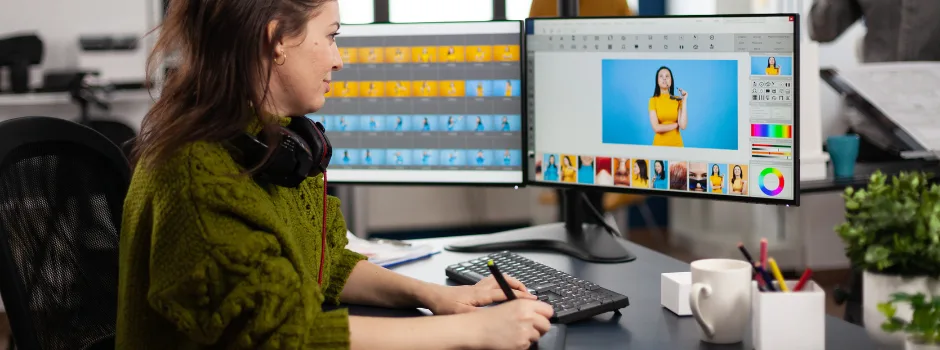
Motion Graphic Designer vs Graphic Designer: Which Career Is Right for You?
Jul 15, 2025 7 Min Read 2043 Views
(Last Updated)
It’s a digital-first world, and visuals have moved from being mere add-ons to becoming the heartbeat of brand communication, from shaping identities and capturing attention, to leaving lasting impressions.
Today, businesses are investing heavily in high-quality visual content, positioning both motion graphic designers and graphic designers as essential players in the creative landscape.
But what truly distinguishes these roles? Before we dive into the Motion Graphic Designer vs Graphic Designer career debate, let’s first clarify their unique contributions.
Imagine a fast-growing FMCG startup selling native, handcrafted goods globally. Here’s how these two roles come into play:
- A graphic designer focuses on the brand’s static identity by designing logos, packaging, brochures, and other print materials that capture the brand’s essence.
- A motion graphic designer adds a layer of storytelling and energy. They create animated social media posts, promotional videos, and dynamic visuals like GIFs to engage audiences and bring the brand to life.
Both roles are integral to a brand’s success, and the numbers back this up. Did you know that 71% of B2B companies use video marketing, and over 50% of marketers say visual content is essential to their strategy?
This blog will dive into the key responsibilities, industry demand, and growth trajectories of these roles, making it easier for you to choose the path that aligns with your skills and aspirations. By the end, you’ll have all the insights you need to make an informed decision about which career is right for you.
Table of contents
- What is Motion Graphics?
- Key Responsibilities and Roles of Motion Graphic Designers
- Skills required as a Motion Graphic Designer
- What is Graphic Design?
- What Does a Graphic Designer Do?
- Skills required as a Graphic Designer
- Motion Graphic Designer vs Graphic Designer
- Motion Graphics vs Graphic Design: Key Differences and Similarities
- Choosing the right career for you: 10 questions you’ve to answer for yourself
- Challenges in Motion Graphics and Graphic Designing
- Conclusion
- FAQ
- Which is better, graphic design or motion graphics?
- Are motion graphic designers in demand?
- What does a motion graphics designer do?
- Should I learn graphic design before motion graphics?
- Is a motion designer a graphic designer?
What is Motion Graphics?
Motion graphics is the art of bringing static visual elements to life through animation, movement, and audio. While it blends design and animation, its core lies in storytelling—creating dynamic visuals that convey messages effectively and simplify complex concepts.
The key difference between traditional animation and motion graphics lies in their focus. Traditional animators rely heavily on character-driven narratives and intricate sequences, while motion graphic designers focus on abstract elements, typography, and graphical storytelling to make an impact.
Here are a few areas where motion graphics create magic:
- Explainer Videos: Simplifying complex ideas into visually engaging animations.
- Social Media Content: Eye-catching posts, GIFs, and ads that captivate scrolling audiences.
- Branding Elements: Animated logos and intros that add a dynamic edge to a brand’s identity.
- User Interfaces: Interactive animations that enhance the functionality and aesthetics of apps and websites.
- Data Visualization: Turning raw data into engaging charts, graphs, and infographics with motion.
Motion graphics add depth and energy to content, making it more memorable and impactful.
The rise of television and advertising marked the beginning of a transformative era for motion graphics. As the demand for engaging visual content grew, motion graphics evolved from simple animations to complex visual narratives that seamlessly integrated with various media.
Fast forward to 2025 – technological advancements have redefined the landscape of motion graphics, making it a goldmine for grabbing audience attention when you master the right formula and hacks.
Why is this so critical today? Because attention spans are shorter than ever, and short-form content is king. Brands are competing fiercely to achieve that elusive scroll-stopping moment.
With your motion graphic skills, you hold the power to captivate, inform, and convert within seconds, making your work indispensable in the modern digital age.
Key Responsibilities and Roles of Motion Graphic Designers
Motion graphic designers typically have a wide range of artistic skills, including an eye for art, a deep knowledge of color schemes, the ability to translate complex ideas into clear, engaging motion designs, and much more. But what do they do all day, every day inside a busy organization? Let’s examine their key responsibilities and day-to-day work routine.
Their workday usually is a blend of creativity, technical skills, and strategic thinking – all to deliver highly impactful visuals.
For example, let’s say a motion graphic designer works in an ed-tech. Here’s what their roles and responsibilities look like –
- Designing animated explainer videos to make challenging topics easier to understand.
- Developing dynamic motion graphics for online lessons, quizzes, and assessments.
- Crafting promotional videos and graphics for new course launches or events.
- Enhancing brand identity with animated logos and consistent motion templates.
- Coordinating with marketing teams to produce content tailored for different campaigns.
- Experimenting with new tools and techniques like 3D animation, AR, or VR to elevate content quality.
- Proposing creative solutions to visualize abstract concepts innovatively.
In a nutshell, the roles and responsibilities of a motion graphic designer in any field include:
- Conceptualizing and Creating Engaging Visuals:
Designing animations, videos, and graphics to effectively communicate ideas and captivate the audience.
- Collaborating with Cross-Functional Teams:
Working closely with marketing, product, and creative teams to ensure designs align with goals and brand identity.
- Innovating with Tools and Techniques:
Exploring new software, technologies, and trends to produce cutting-edge visual content.
- Managing Workflow and Revisions:
Storyboarding, executing, and refining projects based on feedback and deadlines.
- Enhancing Brand and Audience Engagement:
Elevating brand presence and user experience through impactful, consistent visual storytelling.
Skills required as a Motion Graphic Designer
A strong foundation in graphic design is mandatory to rock in the world of motion graphics. A Motion graphic designer must know their way through the basic color theory, composition techniques, and typography as they set the groundwork for creating visually compelling animations. Here are a few technical and soft skills that are required for a motion graphic designer:
- Software Proficiency: Knowledge of industry software tools like Adobe After Effects, Illustrator, Photoshop, Premiere Pro, and Cinema 4D. Familiarity with 3D animation software like Blender or Maya is essential for advanced motion designs.
- Animation Principles: Expertise in timing, easing, and motion paths to create fluid and lifelike animations. Knowledge of both 2D and 3D animation techniques to deliver versatile designs.
- Storyboarding and Visualization: Ability to translate ideas into clear and detailed storyboards, ensuring the animation flows seamlessly and communicates the intended message effectively.
- Video Editing and Compositing: Proficient in editing, layering, and enhancing video footage using Final Cut Pro or After Effects software. Skills in green screen keying, masking, and compositing are crucial for creating polished visuals.
- Time Management: Well! This may sound a bit outdated and cliché, but as a motion graphic designer, you’ll be juggling multiple tasks and deadlines simultaneously. The ability to prioritize and stay organized is a must.
- Attention to Detail: Precision is everything in motion graphics. A keen eye for spotting inconsistencies in color, alignment, or transitions is essential to deliver high-quality work.
- Sound Design Basics: Understanding sound synchronization and the ability to work with audio files to complement animations can add an extra layer of professionalism to the final output.
What is Graphic Design?
The roots of graphic design and visual communication date back to 38,000 BC—handprints, cave paintings, and weapons… (though thankfully, we’re not here to revisit that portfolio!).
The point is, that visually appealing designs have always been central to communication, shaping how humans express ideas, share stories, and navigate the world. Even in those early days, design wasn’t just about aesthetics – it was a vital part of evolution, helping civilizations document their existence and connect across generations.
What played a great deal in human evolution now plays a major role in helping brands grow and compete better. Safe to say, a skilled graphic designer can set the tone for your brand’s success.
What Does a Graphic Designer Do?
A graphic designer translates ideas into visually compelling content that communicates a brand’s message, builds its identity, and engages the audience.
Here’s what a graphic designer typically focuses on:
- Branding: Creating logos, color schemes, and visual guidelines that define a company’s personality and ensure consistency.
- Marketing: Designing advertisements, social media visuals, posters, and other promotional materials that capture attention and drive action.
- Publications: Crafting magazine, book, and brochure layouts that balance aesthetics with readability.
- Digital Design: Developing assets for websites, apps, and digital campaigns, adapting designs for various screen sizes and formats.
- Illustrations and Icons: Customizing visual elements adds uniqueness to a brand’s messaging.
In essence, graphic designers bridge creativity with strategy, ensuring every visual element aligns with a brand’s goals and resonates with its audience. From shaping first impressions to driving engagement, graphic design is the backbone of modern-day communication.
Skills required as a Graphic Designer
1. Typography
Typography is the art and science of arranging text in a visually appealing and readable manner. A graphic designer must understand font pairing, size hierarchy, and spacing to ensure the message is conveyed clearly while maintaining aesthetic appeal.
2. Color Theory
Color theory involves understanding the psychological and visual impact of color combinations. Designers use color wheels, complementary palettes, and hues to evoke emotions, create harmony, or direct attention within a design.
3. Brand Management
Brand management ensures that every visual element aligns with a company’s identity and values. Graphic designers play a pivotal role by maintaining consistency across all materials, from social media posts to product packaging, reinforcing brand recognition.
4. Software Expertise
Of course, creativity is the mother of art, but in this tech-driven era, relying solely on old-school methods is impractical. A designer must master tools like Adobe Photoshop, Illustrator, Canva, Figma, and InDesign, which enable them to create complex designs efficiently.
5. UI/UX Design
UI/UX design focuses on creating user-friendly and aesthetically pleasing digital experiences. Graphic designers in this domain must understand how to balance visual appeal with functionality, ensuring designs are intuitive and accessible.
Motion Graphic Designer vs Graphic Designer
Motion and Graphic designers revolve around persuading and entertaining their respective audiences. They travel along the same road – creativity meeting strategy. At their core always lies storytelling. Both fields rely on core design principles like composition, balance, color theory, typography, and hierarchy to create visually appealing and effective content – whether a static poster or a video – the foundational principles are universal.
Motion Graphics vs Graphic Design: Key Differences and Similarities
| Aspect | Motion Graphics | Graphics Design |
| Definition | Dynamic visuals that combine animation, motion, and audio to tell a story | Static visuals that communicate messages through images, typography |
| Core Focus | Bringing static elements to life with motion and movement | Creating visually appealing designs that remain static |
| Output Formats | Videos, GIFs, and interactive graphics for web and social media platforms | print materials (posters, brochures), digital assets (web graphics), and branding elements (logos) |
| Tools | Adobe After Effects, Blender, Cinema 4D (along with Photoshop and Illustrator) | Adobe Photoshop, Illustrator, InDesign, CorelDRAW |
| Industry Applications | Digital marketing, advertising, film production, video content creation | Branding, print design, web design, and marketing campaigns |
| Similarities | Both rely on design principles like balance, composition, and color theory | Both aim to tell a story or convey a message effectively to engage the audience |
| Job Roles | Motion Graphic Designer, Animator, Visual Effects Artist, UI/UX Animator, Freelance Designer, In-House Designer | Graphic Designer, Brand Designer, Web Designer, Packaging Designer, In-House Designer, Freelance Designer |
| Average Salary | ₹5.3 lakhs per annum | ₹4 lakhs per annum |
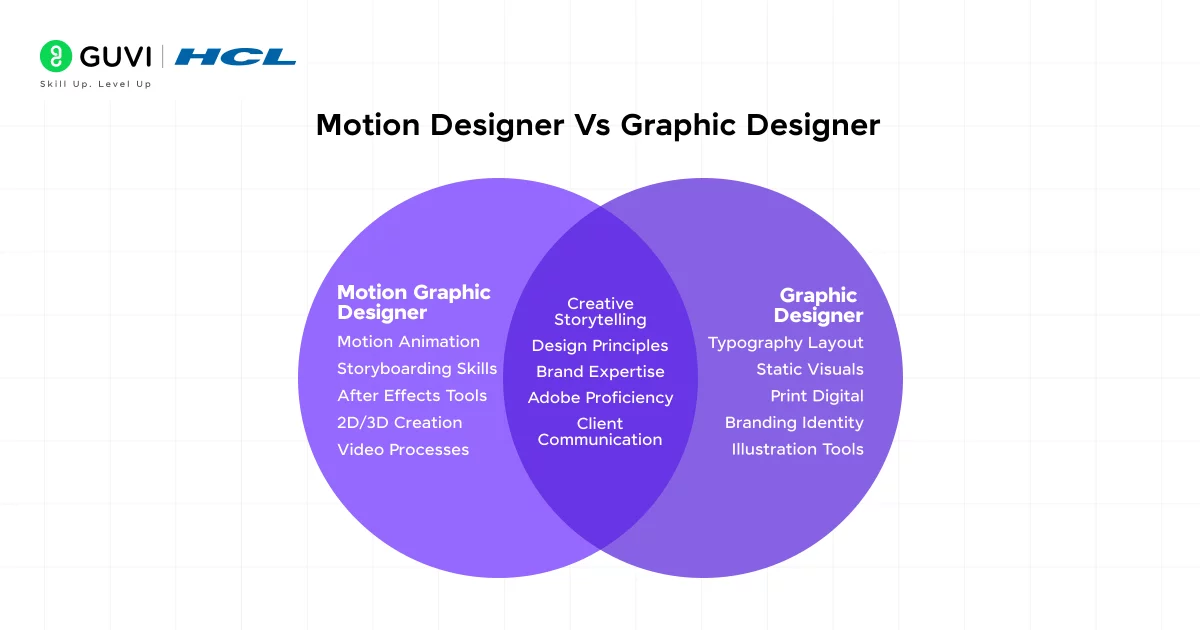
Choosing the right career for you: 10 questions you’ve to answer for yourself
The market demand, salary, and growth for both motion graphic designers and graphic designers are great even when you’re starting. And if you are on the fence about choosing either of them, here are a few questions to consider that will help you make the right career decision.
- Are you familiar with tools like Adobe After Effects, Cinema 4D, or Blender?
These are crucial for motion graphic designers, focusing on animation and dynamic visuals. - Do you enjoy working with static designs using tools like Adobe Photoshop, Illustrator, and InDesign?
If yes, graphic design might align better with your interests. - Do you have a strong foundation in color theory, typography, and composition?
Both careers demand this, but motion graphic designers also need to apply these principles in dynamic settings. - Are you interested in creating animations, explainer videos, or interactive content?
Motion graphics is the go-to field for storytelling through movement. - Do you have an eye for crafting brand identities and designing print materials like brochures and logos?
Graphic design focuses heavily on branding and static visuals. - How comfortable are you with 3D animation software such as Blender or Maya?
Proficiency in these tools is a significant advantage for motion graphic designers. - Are you passionate about visual storytelling that involves sound design and synchronized animations?
Motion graphics combine visuals with audio for maximum impact. - Do you prefer working on digital interfaces and creating dynamic social media content?
Motion graphic designers often handle these projects, adding movement to enhance user engagement. - Would you prefer working in industries like branding, publishing, and advertising or those like gaming, OTT platforms, and e-learning?
Your choice can guide you toward either graphic design or motion graphics. - Are you prepared to continuously upskill in emerging trends like AR/VR, interactive content, or web design?
Both careers require lifelong learning, but motion graphics often demands expertise in cutting-edge technologies.
Challenges in Motion Graphics and Graphic Designing
| Challenges | Motion Graphics | Graphic Designing |
| Technical Drawbacks | Requires advanced knowledge of tools like Adobe After Effects, Cinema 4D, and Blender, which have steep learning curves and high hardware demands (e.g., GPUs). | Primarily requires proficiency in static design tools like Adobe Photoshop, Illustrator, and InDesign. |
| Market Demand | Rapidly increasing demand in industries like OTT platforms, e-learning, and gaming. Indian animation and VFX sectors are expected to grow at a CAGR of 16% by 2026. | Stable demand across advertising, branding, and digital marketing. The Indian graphic design services market is projected to grow at a 10% CAGR by 2025. |
| Salary | Entry-level: ₹3.5–6 LPA. Experienced professionals: ₹8–20 LPA, especially in entertainment, gaming, or AR/VR domains. | Entry-level: ₹2.5–4.5 LPA. Experienced professionals: ₹6–15 LPA, with opportunities in branding, web design, or publishing. |
| Career Growth | High potential with opportunities in animation, 3D modeling, AR/VR, and VFX. Growing demand for interactive content offers lucrative options for skilled professionals. | Growth pathways often lead to UI/UX design, branding, or art direction. Diversification into web design or digital marketing can enhance career prospects. |
| Creativity Requirements | Demands a blend of artistic and technical skills to create visually engaging, motion-based storytelling. | Relies on strong design principles, branding, and composition skills. |
| Skill Development | Requires continuous learning in animation techniques, 3D modeling, and emerging trends like AR/VR to remain competitive. Regular upskilling is critical. | Skill enhancement focuses on understanding design principles, typography, and layout. Evolving digital trends demand periodic learning. |
Conclusion
A career in either graphic design or motion graphics offers an exciting blend of creativity, innovation, and professional growth. These fields are more than just artistic pursuits—they are gateways to shaping brand narratives, influencing audience perceptions, and leaving a lasting impact on the digital and physical world.
Choosing between the two depends on your unique strengths, interests, and aspirations. Are you someone who thrives on the precision and strategy of creating timeless, static designs that define a brand’s identity? Or do you find joy in bringing visuals to life, weaving motion and storytelling to engage and captivate audiences?
Both careers are in high demand across industries, from advertising and marketing to entertainment and technology. Whether you’re designing a logo that becomes synonymous with a brand or crafting an animated video that goes viral, the potential to make a difference is immense.
The creative industry is dynamic and ever-evolving. Staying curious, continuously learning, and mastering new tools and techniques will ensure you remain competitive and relevant. Whichever path you choose, you’ll find endless opportunities to grow, innovate, and contribute to the ever-expanding world of visual communication.
Must explore – Career In Motion Graphics
FAQ
The choice between graphic design and motion graphics depends on personal interests and career goals. Graphic design focuses on static visuals, while motion graphics combines animation and visual effects to create dynamic content that engages audiences more effectively.
Yes, motion graphic designers are in high demand, particularly in industries like digital marketing, entertainment, and tech. The growth of video content across platforms has led to a significant increase in job opportunities for these professionals.
A motion graphics designer creates animated visuals and effects for various media, including film, television, and online platforms. Their work involves using software to design graphics that tell stories or convey messages through movement and sound.
While it is not strictly necessary to learn graphic design first, having a foundation in graphic design principles can be beneficial. Understanding layout, typography, and color theory enhances the skills needed for effective motion graphics work.
Yes, a motion designer is considered a type of graphic designer who specializes in animation and visual effects. They apply graphic design principles to create moving images and often collaborate with other creative professionals.









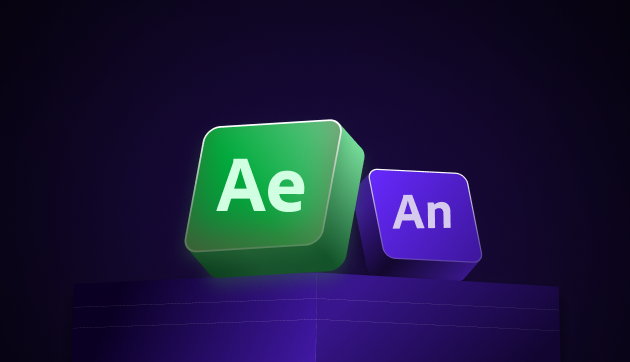

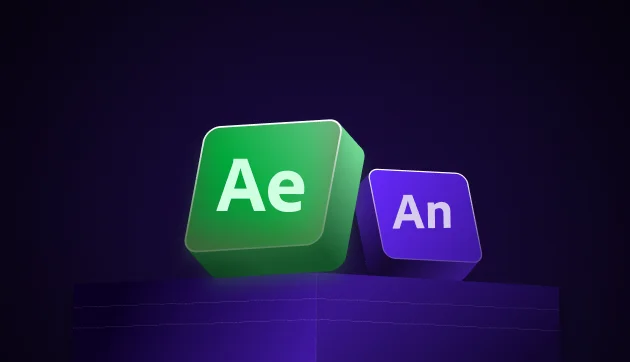
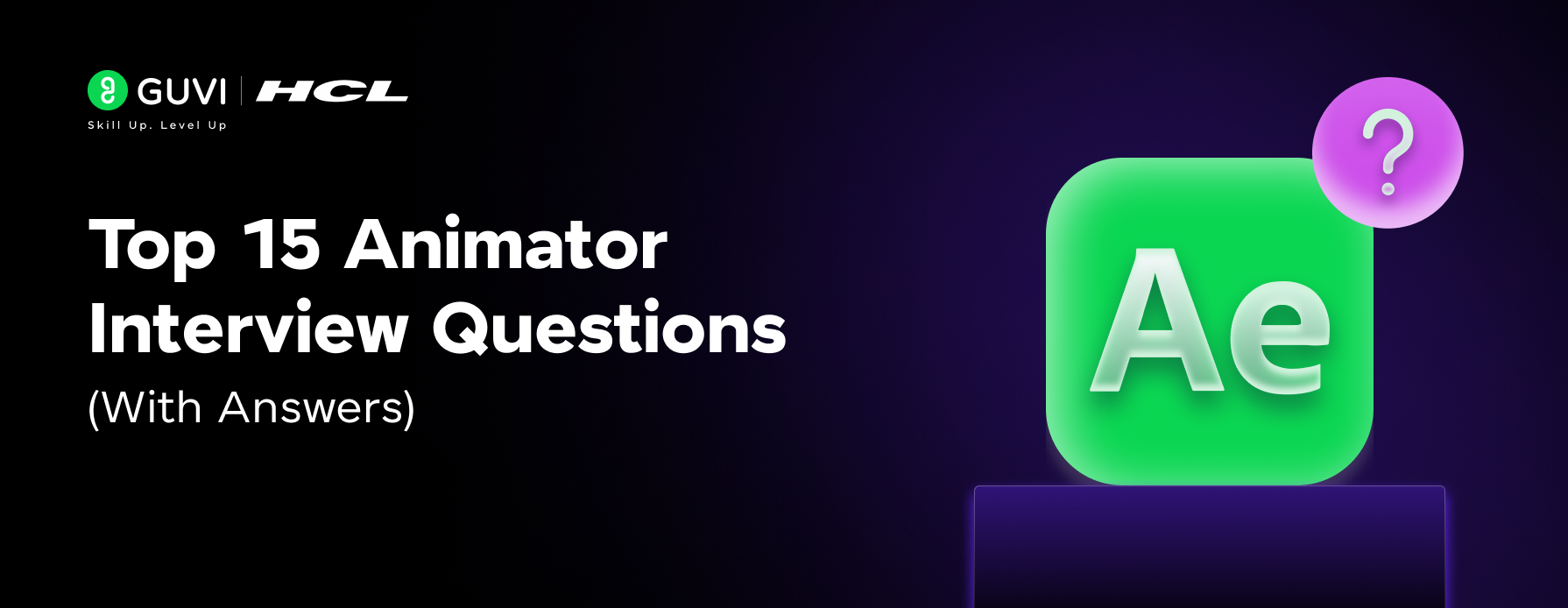
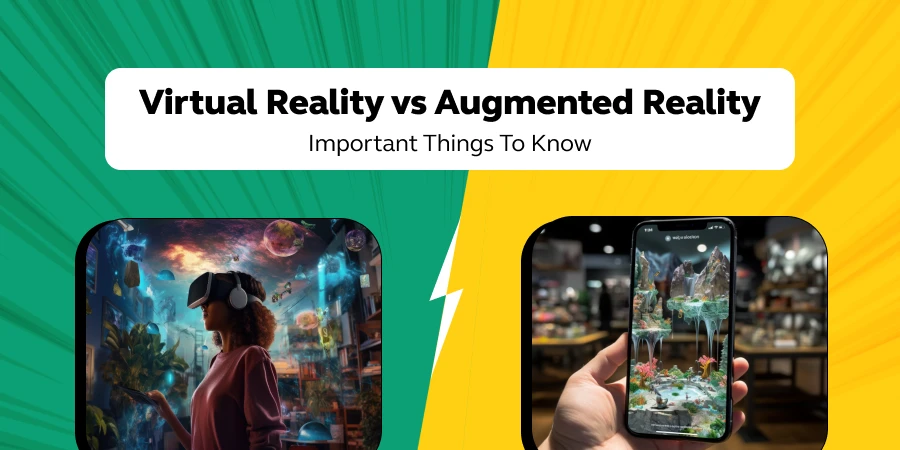
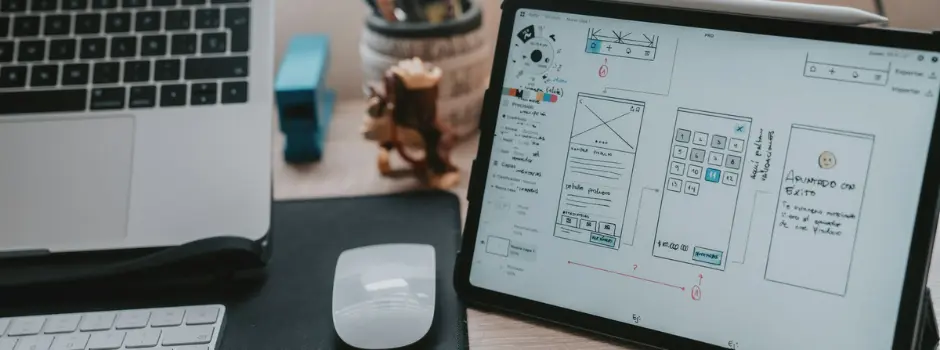

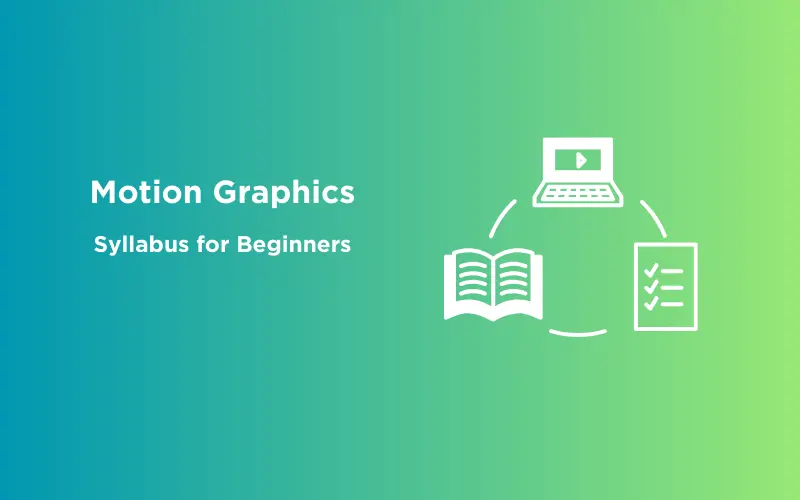
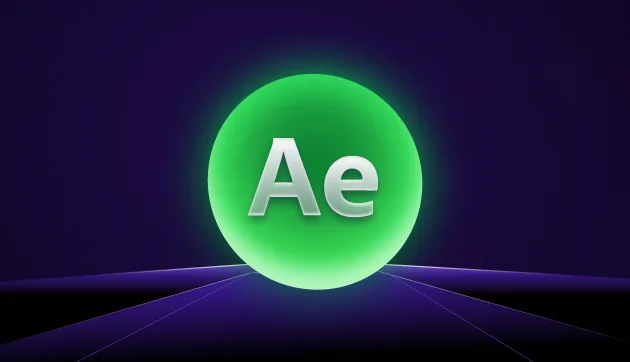

Did you enjoy this article?